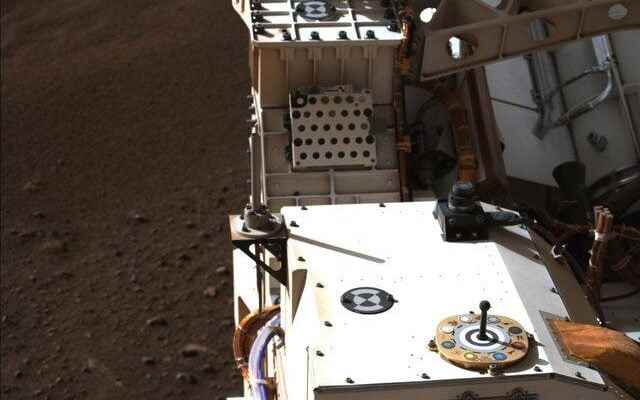NASA launched the next-generation spacecraft Perseverance from Cape Canaveral Air Force Station in Florida, USA on July 30, 2020, to search for potential traces of life on Mars and find ways to manned journeys to Mars. Perseverance, which successfully landed on Mars on February 19, sent the first image it took with the message “Hello Earth, my first look at my eternal home” to Earth.
Delivering unique information and images to Earth, Perseverance has left behind almost a year in its space exploration mission.
PERSEVERANCE WILL BE PROBLEM FOR AT LEAST ONE MARCH YEAR
The Perseverance rover, which NASA sent to Mars in February 2021, is expected to operate smoothly for at least one Martian year (about 687 days). Having completed almost a year in its exploration mission, the vehicle provides information about the geology and climate of the planet, while sending unprecedentedly clear images and previously unheard of sounds on the Martian surface to NASA. It’s also looking for signs of long-standing microbial life, collecting rock and sediment samples for study on a possible return to Earth.
DIFFERENCES IN AIR TEMPERATURE ARE IMPORTANT
At the beginning of the problems that can be encountered at any time in space travels, which have long and very important goals, are situations such as low gravity, differences in air temperature and inability to intervene immediately in case of any malfunction. For example, while the temperature is 20 degrees on the equator of Mars at noon, the temperature at its poles drops to -153 degrees, requiring equipment to be protected against temperature differences that are difficult to encounter on the earth’s surface.
(UAV)
